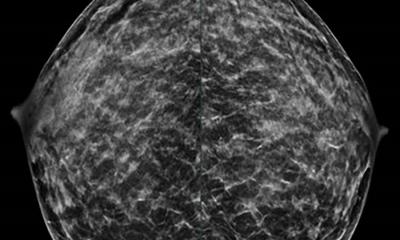News • Women's health
Breast cancer treatment has evolved. Here’s where we are.
There is no “one size fits all approach” when it comes to treating breast cancer. The disease is made up of several subtypes, and ideally each type should be treated with therapies that target the unique underlying biological problems.

Fortunately, for the past 25 years, long-term survival and cure rates have significantly improved for women with breast cancer. This is due in large part to the development of drug therapies that target aggressive subtypes of breast cancer such as HER2-positive and ER positive breast cancers. Some of these life-prolonging and life-saving treatments, including Herceptin and IBRANCE, were developed at UCLA. Targeted therapies are now available for approximately 85 percent of women diagnosed with breast cancer.
Dr. Sara Hurvitz, associate professor of medicine, division of hematology and oncology at the David Geffen School of Medicine at UCLA and medical director of UCLA’s Jonsson Comprehensive Cancer Center Clinical Research Unit, says that despite these successes there is still work to do. One particularly aggressive subtype called triple negative breast cancer now comprises between 10 to 20 percent of all diagnosed breast cancers, and is challenging to treat. Recent research focuses on identifying its biological underpinnings so that scientists can develop more effective and less toxic treatments.
For Breast Cancer Awareness Month, Hurvitz can discuss how breast cancer research has evolved and what types of targeted therapies are available to women with the disease.
Source: University of California, Los Angeles (UCLA), Health Sciences
09.10.2017











